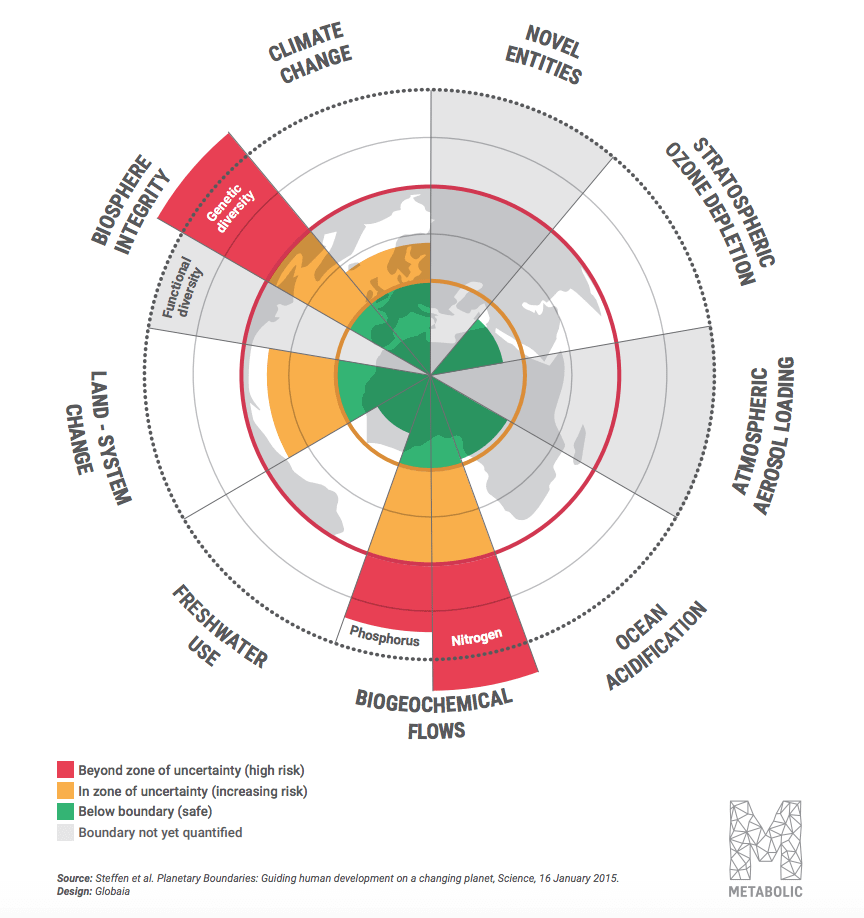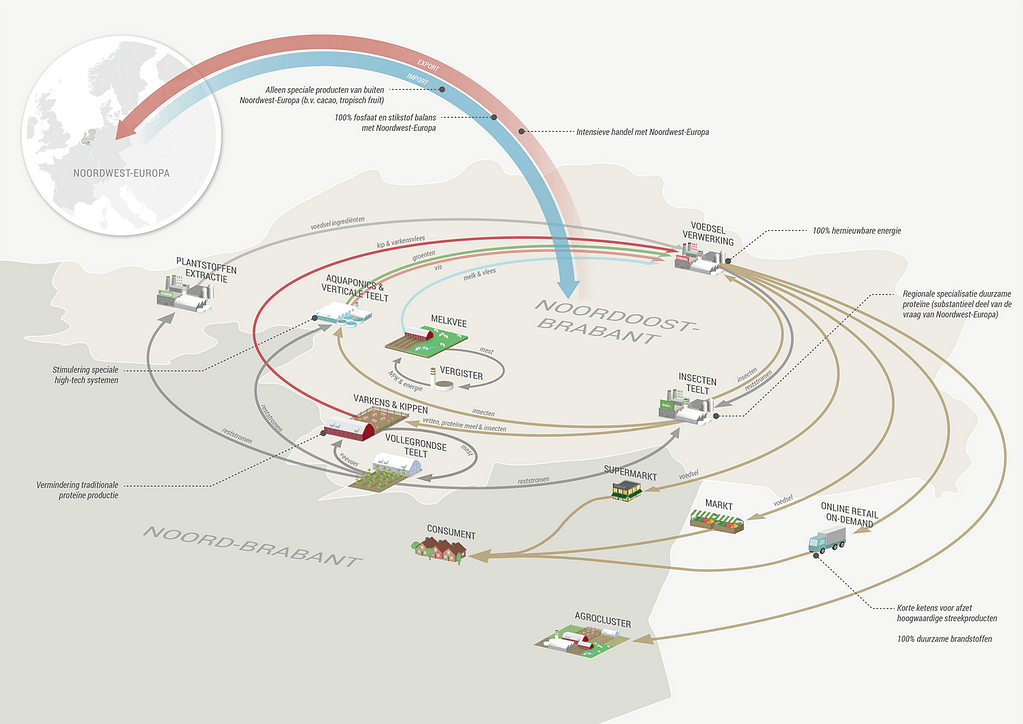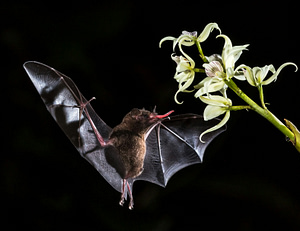Nitrogen emissions too often fly under the radar as an environmental problem, but a recent clampdown has sparked debate across the Netherlands. Our industries team lead Pieter van Exter crunches the numbers on nitrogen emissions, and proposes a way forward.
As many as 18,000 construction and infrastructure projects are stalling across the Netherlands, and hundreds of farmers have been protesting in their tractors. Why? Nitrogen emissions. Specifically, a Dutch Council of State ruling that nitrogen emissions from the projects breach EU legislation, with ABN Amro calculating that the construction sector will miss out on around 14 billion euros in turnover in the coming five years because of this. To solve the problem, some politicians proposed reducing nitrogen emissions by halving the country’s livestock population, provoking the protests by farmers. In response to the protests, the provinces of Drenthe and Friesland are suspending their nitrogen reduction policies. So, why are nitrogen emissions a problem in the first place, is the issue primarily related to construction, farming, or something else, and how do we fix this?

Surplus nitrogen is harmful to biodiversity
Nitrogen is an important nutrient for plants. However, due to a surplus of fertilizers, certain plant species can start to dominate ecosystems. Nitrogen run-off is even entering waterways and affecting aquatic ecosystems. As a result, biodiversity is falling, and that has negative consequences for nature and people. This is particularly a concern for protected zones such as Natura 2000 areas. In addition, nitrogen can also cause acidification of soils. The nitrogen forms of particular concern are nitric oxide (NOx) and ammonia (NH3). Together with sulfur dioxide (SO2), these substances are acidifying substances. Nitrogen emissions can also cause health issues and contribute to greenhouse gas emissions.

So which area of the economy emits the most nitrogen?
The construction sector, which is currently suffering a great deal from the court order, is responsible for only 1.7% of the acidifying substances. Agriculture is a big player, and so is transport. Together, these two sectors are jointly responsible for almost three-quarters of total nitrogen emissions in the Netherlands. If we look further at the contributions within the agricultural and transport sector, it is striking that animal husbandry and shipping in particular play a major role. Livestock farming is the main supplier of ammonia (NH3). In particular, the manure of the Netherlands’ 4 million cattle, 12 million pigs and, to a lesser extent, 94 million chickens are jointly responsible for the emission of more than 95,000 tonnes of ammonia in 2017. As for shipping, the fuel used contains much higher levels of dust than petrol or diesel, which means that a greater amount of sulfur dioxide is released. There are interesting solutions for shipping, such as alternative clean fuels such as hydrogen and ammonia, but this article will focus on agriculture.

Sustainable agriculture
There are various solutions to reduce and eliminate nitrogen emissions. The biggest impact can indeed be made by reducing the number of livestock. This is politically very sensitive, but can also make an important contribution to climate goals. The important thing is adequate compensation for those affected – the government is already making compensation available for farmers who want to stop voluntarily. This measure can also lead to a substantial reduction in the emission of ammonia.

There are many ways agriculture can reduce its nitrogen impacts. We worked with Alpro to develop targets to ensure their almond and soy farms are operating within planetary boundaries. By developing an understanding of the specific context of the farms, we were able to begin the process of developing limits for nitrogen impacts. Potential solutions include conservation tillage techniques which leave leftover crop residues on top of the soil when planting new crops, advanced soil testing to optimize fertilizer application to maximize the efficiency of crop uptake, reducing use of pesticides that reduce the growth of nitrogen-fixing bacteria, and construction of artificial wetlands to prevent nitrogen runoff from entering aquatic ecosystems.
For AgrifoodCapital, Metabolic has investigated what a circular food system in Northeast Brabant could look like. Nitrogen of course is just one environmental impact to consider in agriculture, so trade-offs must be considered.

A system lock-in
Pointing a finger at farmers to blame them for the situation the Netherlands is easy but unfair. Not only because they produce our food, but because they are the result of a food system that we’ve created over time. Our food system is completely designed to provide safe and cheap food; in developed countries, the household expenditure on food is below 10%. The income of farmers is put under pressure by competition in retail and food companies. The low food costs, in combination with high land prices, push farmers into intensive agriculture practices. To structurally solve this issue, we have to address the underlying structures that have led to this undesired outcome. We’ve applied this systems lens on the European food system in a project for the WWF.

showing how different types of interventions can either make a process unnecessary
(through deeper interventions) or change how a process is undertaken, reducing the negative
outcome.
To ensure that we protect our biodiversity in the Netherlands, it is of the utmost importance that we reduce our nitrogen emissions. This means that we must tackle the main cause of the problem and therefore have to look at agriculture and shipping, but in a way that ensures adequate compensation for those affected, and clear communication of the huge benefits offered by a new kind of circular economy.
For more on what we can do to address nitrogen emissions, reach out to industries team lead Pieter van Exter at [email protected]






